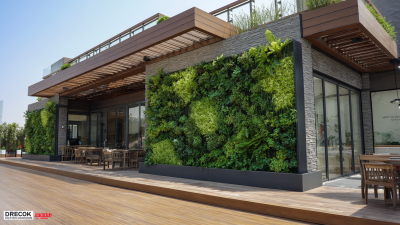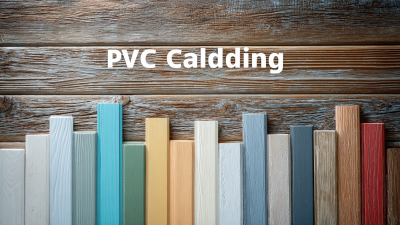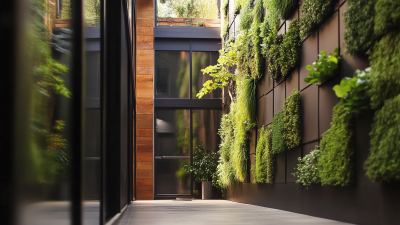
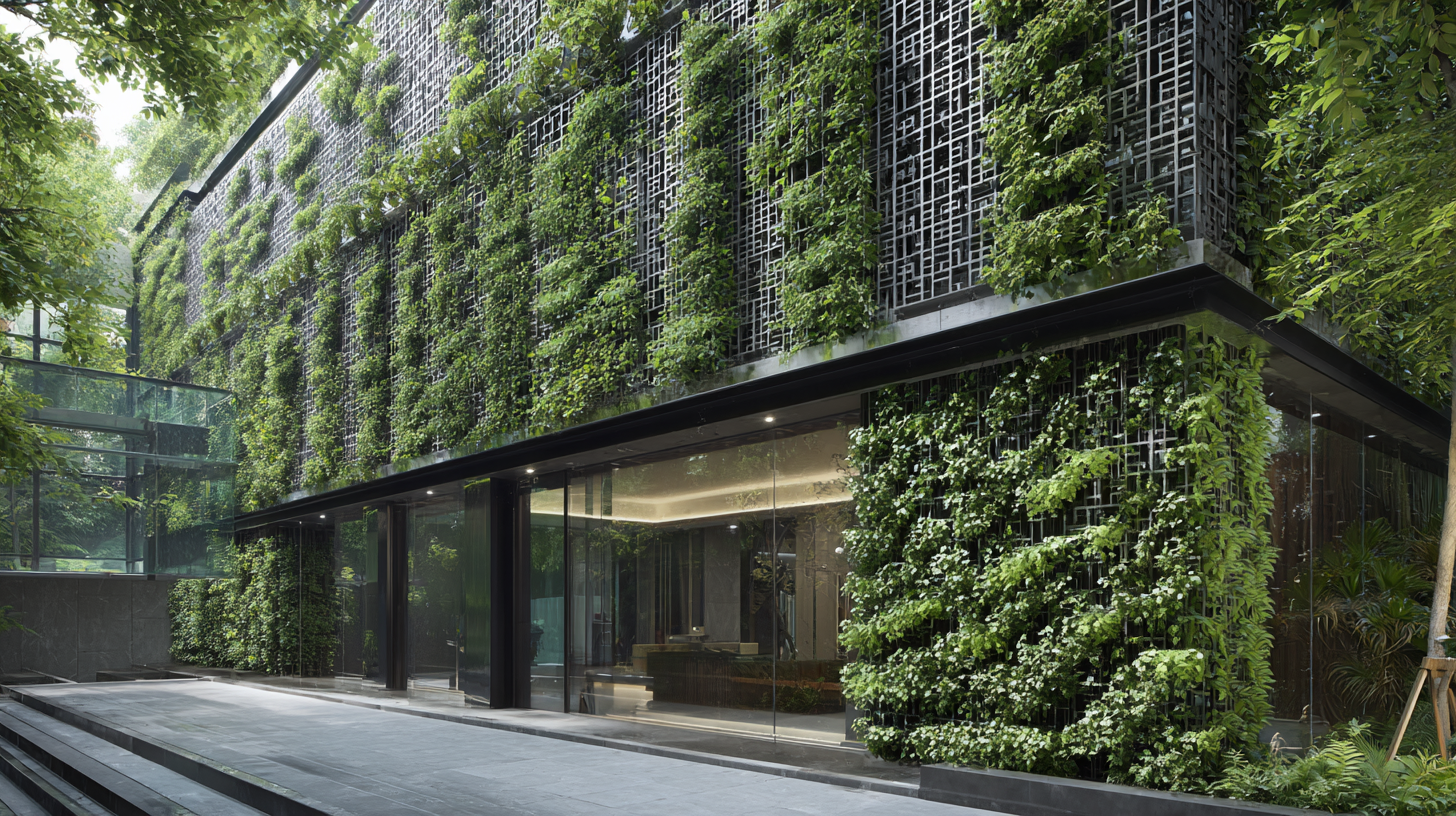 In recent years, the push towards sustainable living has gained significant momentum, with various sectors adapting innovative solutions to reduce environmental impact. One such transformative element is the use of Outdoor Decoration Wall Panels, which not only enhance aesthetic appeal but also contribute to eco-friendly practices. According to a report by the Global Green Building Council, buildings account for 39% of carbon emissions globally, prompting a shift in how we approach construction and design. By integrating sustainable materials and energy-efficient designs, Outdoor Decoration Wall Panels can play a crucial role in minimizing these emissions while promoting outdoor spaces that foster well-being. As the demand for sustainable building solutions continues to rise, embracing such innovations is vital for both environmental stewardship and improved quality of life.
In recent years, the push towards sustainable living has gained significant momentum, with various sectors adapting innovative solutions to reduce environmental impact. One such transformative element is the use of Outdoor Decoration Wall Panels, which not only enhance aesthetic appeal but also contribute to eco-friendly practices. According to a report by the Global Green Building Council, buildings account for 39% of carbon emissions globally, prompting a shift in how we approach construction and design. By integrating sustainable materials and energy-efficient designs, Outdoor Decoration Wall Panels can play a crucial role in minimizing these emissions while promoting outdoor spaces that foster well-being. As the demand for sustainable building solutions continues to rise, embracing such innovations is vital for both environmental stewardship and improved quality of life.
The integration of nature and design has become increasingly vital in creating sustainable living spaces, with outdoor decoration wall panels leading the charge. These panels not only serve as aesthetic enhancements but also improve energy efficiency by providing insulation and reducing energy consumption. According to a report by the International Energy Agency, homes with improved insulation can save up to 30% on heating and cooling costs, significantly reducing their carbon footprint.
Moreover, the use of sustainable materials in outdoor wall panels, such as recycled wood and eco-friendly composites, further enhances their contribution to a greener future. The Green Building Council indicates that utilizing such materials can lower greenhouse gas emissions by 25% compared to traditional building materials. As urban areas continue to expand, incorporating these decorative elements allows for the seamless blending of natural landscapes with modern architecture, creating environments that foster well-being while minimizing ecological impact. By understanding the synergy between nature and design, consumers can make informed choices that not only beautify outdoor spaces but also promote sustainability.
As our society increasingly prioritizes sustainability, the introduction of innovative materials for eco-friendly wall panels is transforming the way we approach outdoor decoration. These panels not only enhance aesthetic appeal but also play a pivotal role in reducing our ecological footprint. Emerging technologies are harnessing recycled plastics, bamboo, and even hemp to create durable and visually striking wall coverings that can withstand the elements while preserving the planet’s resources.
Moreover, these sustainable wall panels are designed with functionality in mind. Many are equipped with features such as insulation and moisture resistance, contributing to energy efficiency in outdoor spaces. By utilizing solar-reflective materials, these panels help to reduce heat absorption, thereby keeping living spaces cooler and minimizing air conditioning usage. This innovative synergy between aesthetics and practicality positions eco-friendly wall panels as a vital component of sustainable living, allowing homeowners and businesses to cultivate beautiful environments without compromising on environmental integrity.
This chart illustrates the increasing use of innovative materials for eco-friendly wall panels in sustainable living from 2018 to 2023. It highlights trends in material adoption, showcasing a shift towards more sustainable options.
In today’s ecological landscape, the significance of outdoor spaces has never been greater. Wall panels designed specifically for outdoor environments not only add visual appeal but also elevate the functionality of these areas. By incorporating sustainable materials, these panels can blend seamlessly with nature, transforming mundane spaces into vibrant living areas. Whether used as privacy screens or decorative elements, outdoor wall panels create a unique atmosphere that encourages relaxation and social interaction.
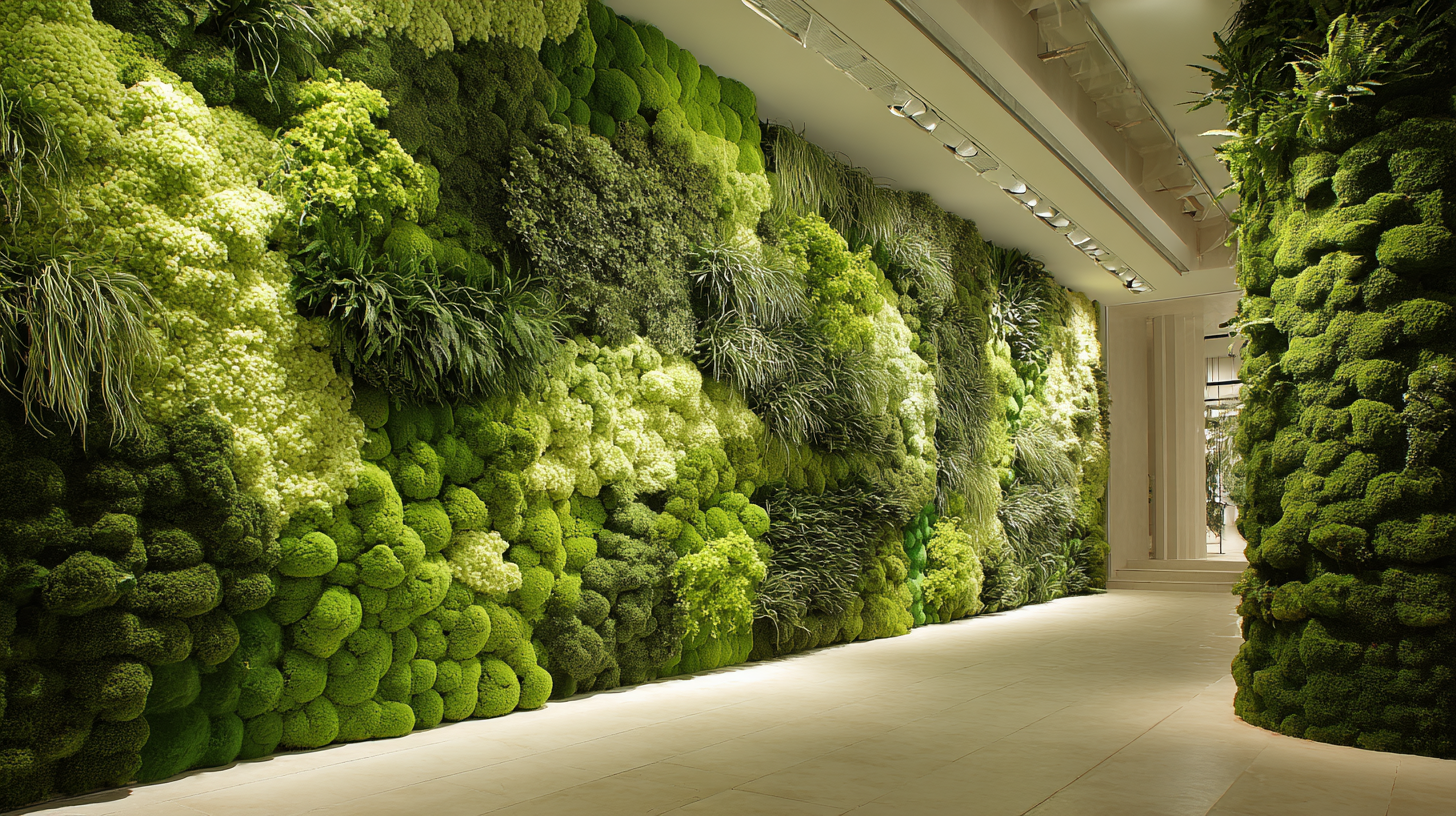
Moreover, designing with purpose means considering the role of aesthetics in sustainability. The right wall panels can enhance existing landscaping, providing texture and depth while promoting environmental consciousness. For example, panels made from recycled materials can serve as a statement of eco-friendly design. Their versatility allows homeowners to express their individuality while making choices that align with sustainable living. Ultimately, outdoor decoration wall panels are more than just decorative items; they are catalysts for creating purposeful and environmentally sustainable outdoor environments.
Outdoor decorative wall panels are revolutionizing the way we envision our exteriors, merging form with function in a sustainable living environment. With advancements such as self-healing concrete and translucent materials, these panels not only enhance aesthetic appeal but also contribute significantly to eco-friendly practices. Their versatility allows homeowners to customize their spaces, creating a unique look that can adapt to various styles while providing added benefits like insulation and durability.
When considering outdoor decorations, it’s essential to prep your space for changing weather conditions. Here are a couple of tips: Firstly, select weather-resistant materials that can withstand the elements without losing their charm. Secondly, consider using lighter colors or reflective surfaces that can help in reducing heat absorption, keeping your outdoor areas cooler during hot months. By integrating these innovative panels into your home, you can achieve a stunning exterior that aligns with sustainable living ideals while enjoying the advantages of modern design.
The shift towards sustainable architecture has gained considerable momentum, and outdoor decoration wall panels are playing a vital role in this transformation. A report from the Global Green Building Materials Market predicts that by 2025, the demand for sustainable materials, including wall panels, will grow at a compound annual growth rate (CAGR) of over 10%. This surge is primarily driven by the increasing awareness of climate change and the necessity for eco-friendly construction practices.
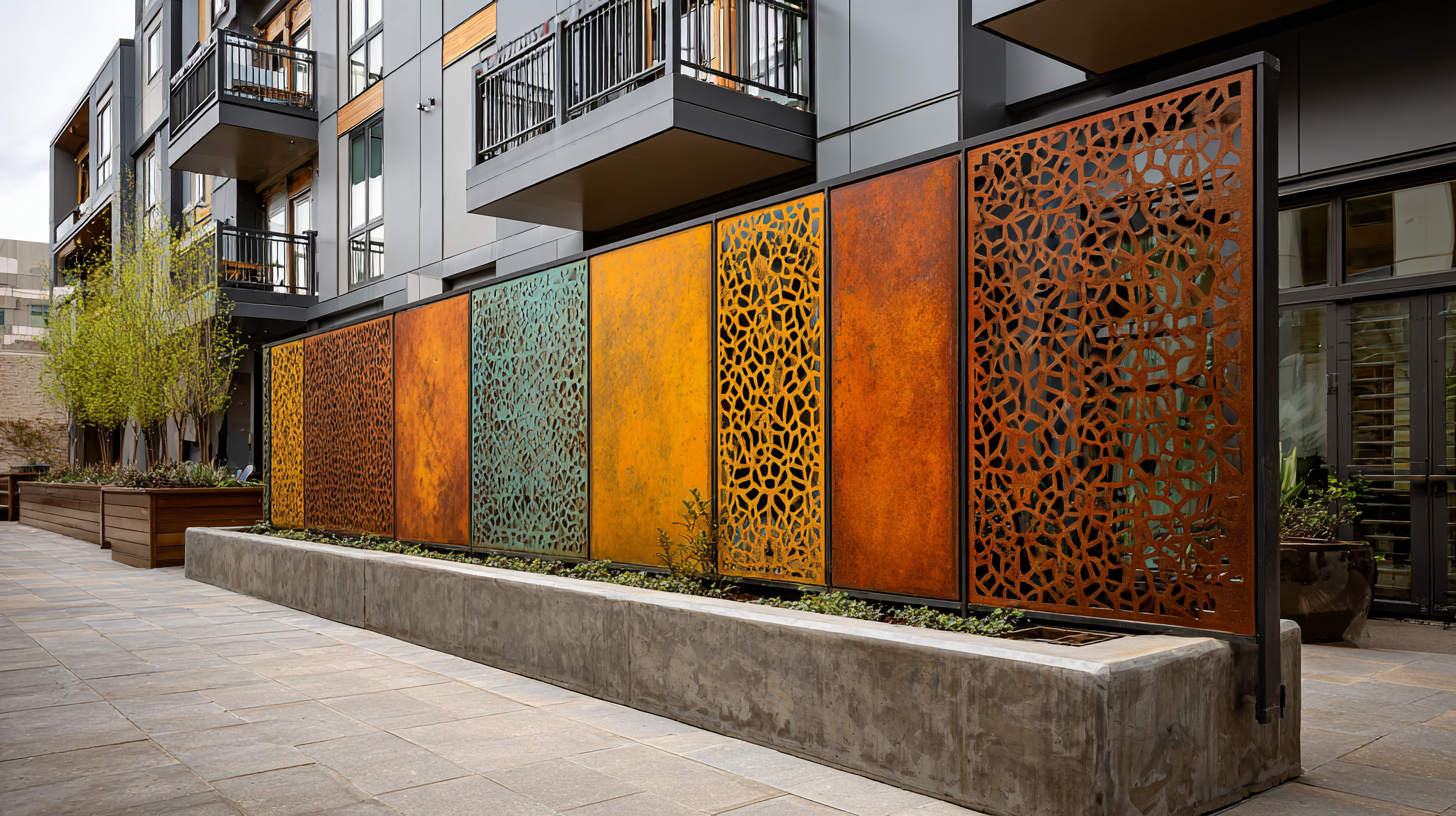
Integrating renewable practices in outdoor architecture involves using wall panels made from sustainable materials like recycled composites and sustainably sourced wood. These panels not only enhance aesthetic appeal but also contribute significantly to energy efficiency. According to the U.S. Department of Energy, buildings account for nearly 40% of total energy consumption, and implementing wall panels that improve insulation can reduce energy needs by up to 30%. By utilizing these innovative materials, architects and builders are paving the way for a future where outdoor spaces are both sustainable and visually striking.
